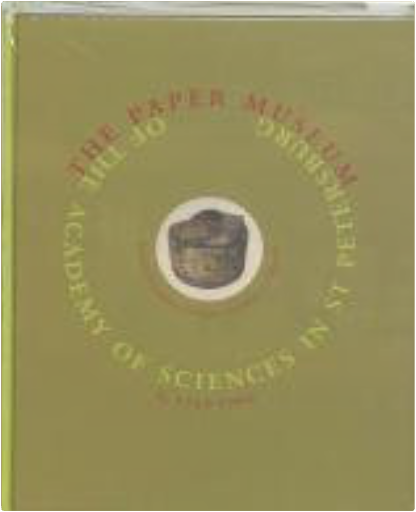 In the early eighteenth century, Peter the Great established the Kunstkamera as the encyclopedic museum of the Academy of Sciences in Russia. This volume offers for the first time a complete detailed catalog of the approximately 2,200 surviving drawings of the objects in the museum's collections. The result of a five-year research effort by distinguished Russian and Dutch scholars, this comprehensive work provides a wealth of insights into the original collection of the legendary Kunstkamera.  Publisher: MacDonald and Company Second Impression June 1971 ISBN-10: 0356026493 Hard Cover with Dust Jacket Green Boards: 160 pages 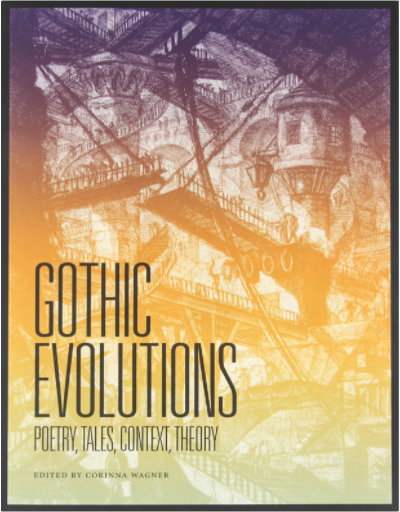 The texts in this unique collection range from the Gothic Revival of the late eighteenth century through to the late Victorian gothic, and from the poetry of Wordsworth and Coleridge to the short fiction of H.G. Wells and Henry James. Genres represented include medievalist poetry, psychological thrillers, dark political dystopias, sinister tales of social corruption, and popular ghost tales. In addition to a wide selection of classic and lesser-known texts from the eighteenth and nineteenth centuries, Gothic Evolutions includes key examples of the aesthetic, scientific, and cultural theory related to the Gothic, from John Locke and David Hume to Sigmund Freud and Julia Kristeva. 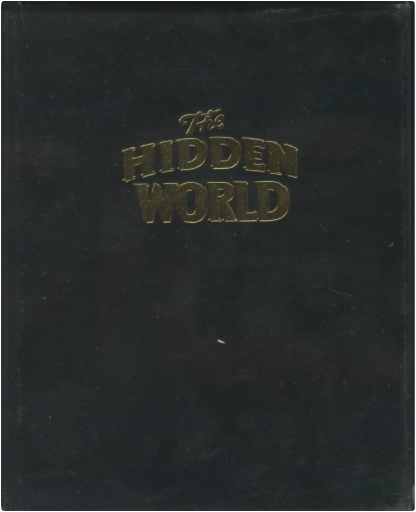 Graphics and propaganda from secret societies, evangelical and fundamentalist movements, new-age spiritualists, Scientologists, Freemasons, ultraconservatives and all kinds of conspirators; encyclopedias for children and even Dr. Netter's famous medical illustrations-with The Hidden World, Los Angeles-based artist Jim Shaw (born 1952) exhibits the incredible collection of didactic graphic art that is the main source of inspiration for his diversely informed art. Renowned for his striking paintings, drawings, videos, installations and performances, Shaw is also a compulsive collector, constantly on the hunt for pop-culture arcana in thrift stores or on the Internet. The Hidden World gives the reader the chance to dive into an overflowing world of paintings, sculptures, brochures, t-shirts, books, vinyl and educational material that recycles the myriad myths and beliefs of America. A lengthy interview with Shaw elucidates his fascination with this visual world. |  FOR FIFTY YEARS a painter, Ernst Benkert, kept notebooks in which he recorded the passages that had struck him in his reading. From the writings of Meister Eckhart and Ludwig Wittgenstein, Robertson Davies and Thomas Bernhard, Oscar Wilde and Friedrich Nietzsche, Abram Tertz and Virginia Woolf, Susan Sontag and Thomas Merton, from proverbs Rumanian and Haitian, from graffiti and the Upanishads, from the Webster's New Collegiate Dictionary, from the pages of the Times Literary Supplement and The New York Review of Books, and above all from a library of books about art, Benkert culled an extraordinary set of assertions, propositions, opinions, and definitions. "This activity became the other side of my art." On each of these passages he cast a steady gaze, asking if it were true and useful, a basis on which to build an artistic practice. From each he extracted a title, as if it were a painting. Occasionally he follows up with a comment. Still more occasionally he adds a second-thoughts comment, to confirm or contradict his own first one. These quotations visit many areas of life but always return to art: the making of it, the conditions for its existence, the life of the artist. Now Ernst Benkert has selected 623 of these passages and made a book of "titles without paintings," a commonplace book of quotations that are anything but commonplace. Benkert's own point of view is never concealed and never imposed: the passages are there to be read however one likes, continuously or at random, and any reader will find some profit in it: a fact not known, or an idea well expressed, or a usefully irritating opinion, or a good laugh.  In BLUE FIRE, a major new work in poetic non-fiction, Wendy Walker reexamines the case of Constance Kent, protagonist at 15 of "the Great Crime of 1860." Accused of murdering her younger half-brother and stuffing his body down the privy at her father's house at Road in Wiltshire, Constance was cleared at the coroner's inquest. In the view of most at the time, the boy had been killed by his father and his nurse. Yet five years later in 1865 Constance, under the influence of a priest, confessed to the crime. Her death sentence was commuted to twenty years in prison, and on her release she left England to spend a further sixty years as a nurse in Australia. The murder and the investigation inspired both Wilkie Collins' The Moonstone and Dickens' The Mystery of Edwin Drood. It also was the subject of the first true-crime book, The Great Crime of 1860, which Joseph Stapleton wrote largely to exonerate his friend, Constance's father. Walker has taken this book as the base text for a compositional procedure based partly on the non-fiction work of the poet Paul Metcalf and partly on the mesostics of John Cage. She has selected one word from each line of Stapleton's text and used them in order to create a poetic secondary text, both to bring out the patriarchal bias in his writing and to contest his version of the facts. Then she has gone to books and documents about the case, other books that Constance is known to have read, and still others published between 1860 and 1865, and extracted passages to place facing the sections of her derived text on which they comment. The book may thus be read in two different directions, as a consecutive poetic narrative, and as a commonplace book illustrating the mindset of the early 1860's. Readers are free to weave these two directions together as they see best.  This magnificently illustrated book accompanies the most ambitious exhibition in the Hayward Gallery's program for the year 2000. Know Thyself: The Art and Science of the Human Body from Leonardo da Vinci to Now is a ground-breaking exhibition with the potential to be a visual, cultural, and academic revelation with profound impact. The project encourages a new way of looking at visual objects from the territories that are conventionally labeled "medicine" and "art."  Discover the battle against epidemics — from the Black Death and smallpox to the modern superbug. 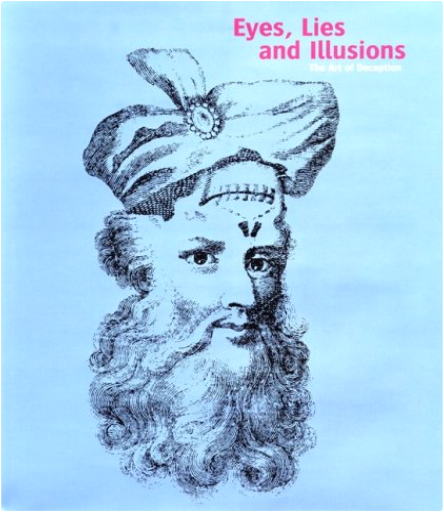 Light and shadow, reflection, colour and motion - these are the primary elements of visual art. Shadow play, tricks of perspective, anamorphoses and magic lanterns have fascinated artists and craftsmen throughout the centuries and continue to inspire and stimulate the imagination to this day. The Art of Illusion explores this world of perceptual paradox through the astonishing collection of the German experimental filmmaker Werner Nekes, and the work of contemporary artists including Christian Boltanski, Carsten Holler, Tony Oursler and Markus Raetz. The Art of Illusion illustrates a vast range of intriguing optical media and artworks from the sixteenth to the twenty-first centuries - manuscripts, prints and books, optical devices and experiments, early cameras, games and toys. This handsome volume incorporates optical tricks, puzzles and illusions, which are sure to make it a collector's item. It will appeal to everyone interested in the history of art, cinema, science and ideas and visual culture from the Renaissance to the present day.  With over thirty illustrations in color and black and white, Phantasmagoria takes readers on an intellectually exhilarating tour of ideas of spirit and soul in the modern world, illuminating key questions of imagination and cognition. Warner tells the unexpected and often disturbing story about shifts in thought about consciousness and the individual person, from the first public waxworks portraits at the end of the eighteenth century to stories of hauntings, possession, and loss of self in modern times. She probes the perceived distinctions between fantasy and deception, and uncovers a host of spirit forms—angels, ghosts, fairies, revenants, and zombies—that are still actively present in contemporary culture.  The influence of Greek medical practices dating back to the fifth century B.C. has had an immeasurable impact on the development of medicine in the West over the subsequent centuries. This text is designed to cover the history of Western medicine from Classical Antiquity to 1800. As one guiding thread it takes the system of medical ideas that, in large part, went back to the Greeks of the fifth century B.C., and played a major role in the understanding and treatment of health and disease. The influence of Greek medicine spread from the Aegean basin to the rest of the Mediterranean region, to Europe, and then to European settlements overseas. By the nineteenth century, however, this tradition no longer carried the same force or occupied so central a position within medicine. This book charts the influence of this tradition through twenty centuries, examining it in its social and historical context. It is essential reading as a new synthesis for all students of the history of medicine. |

Morbid Anatomy Museum
Collection Total:
1,253 Items
1,253 Items
Last Updated:
Jan 26, 2016
Jan 26, 2016

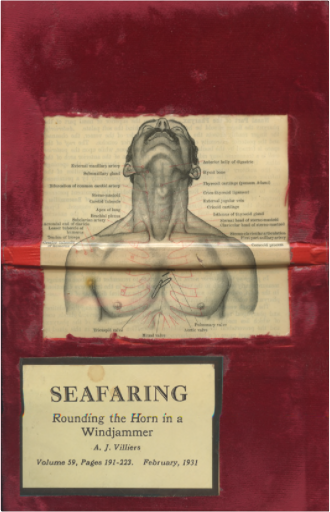

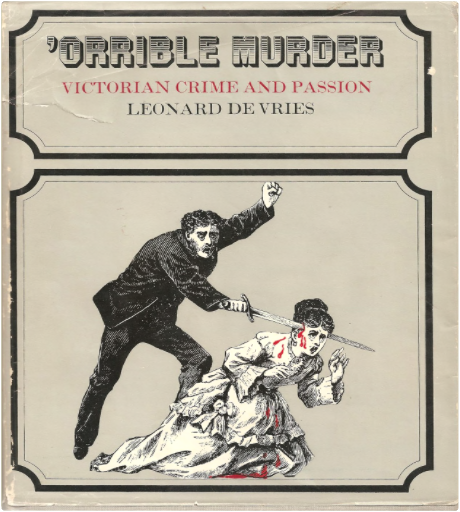
 Made with Delicious Library
Made with Delicious Library